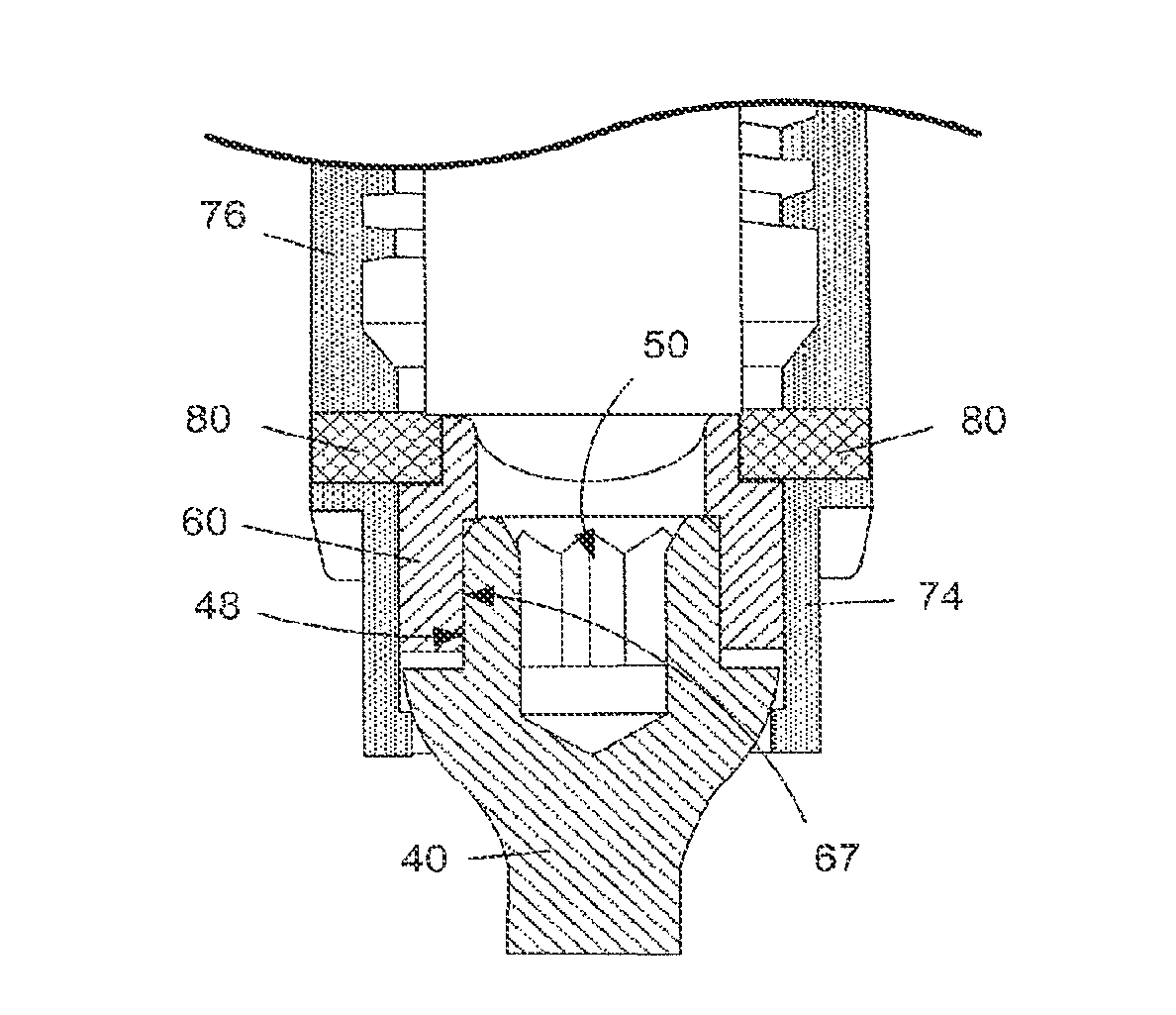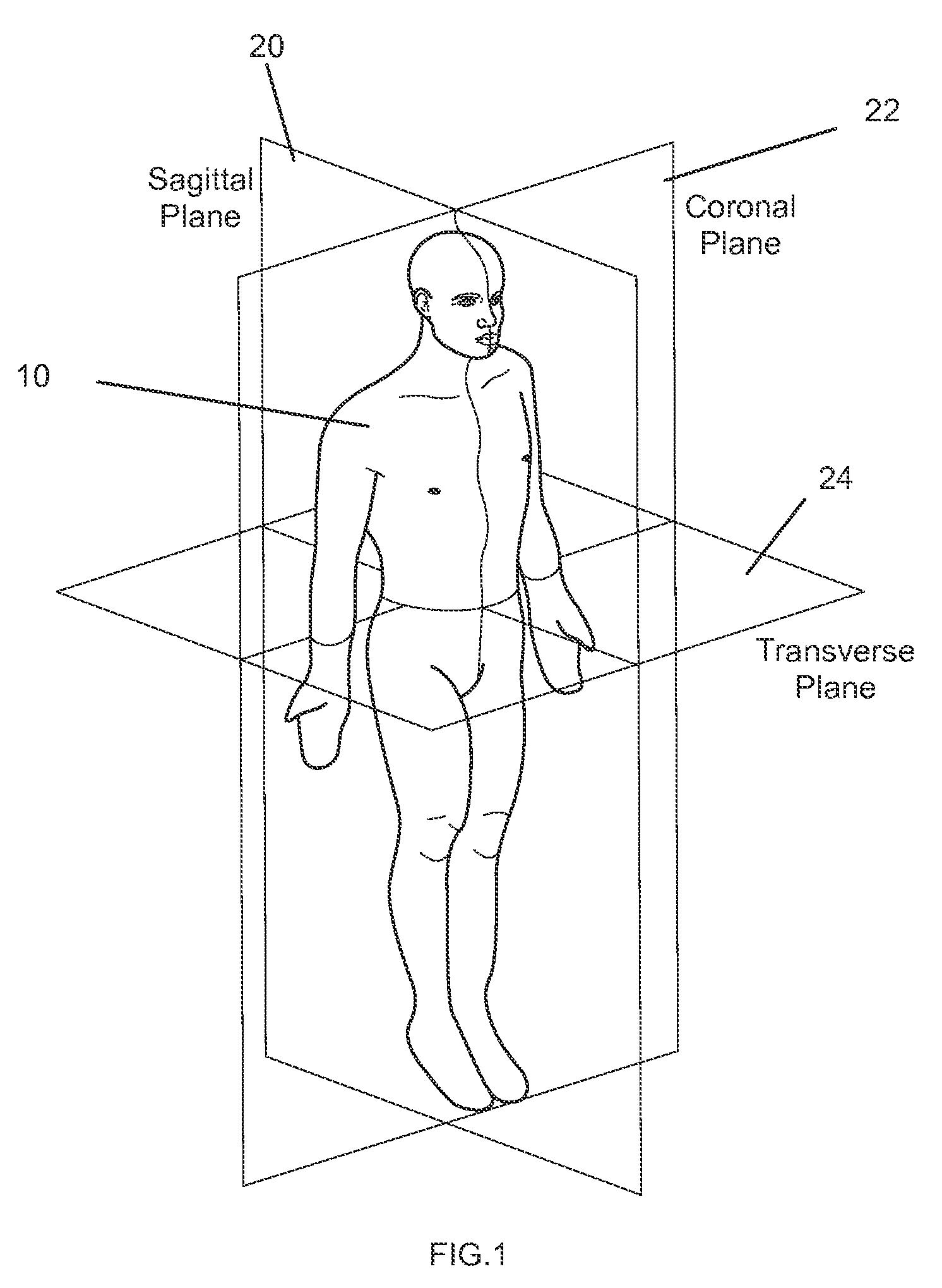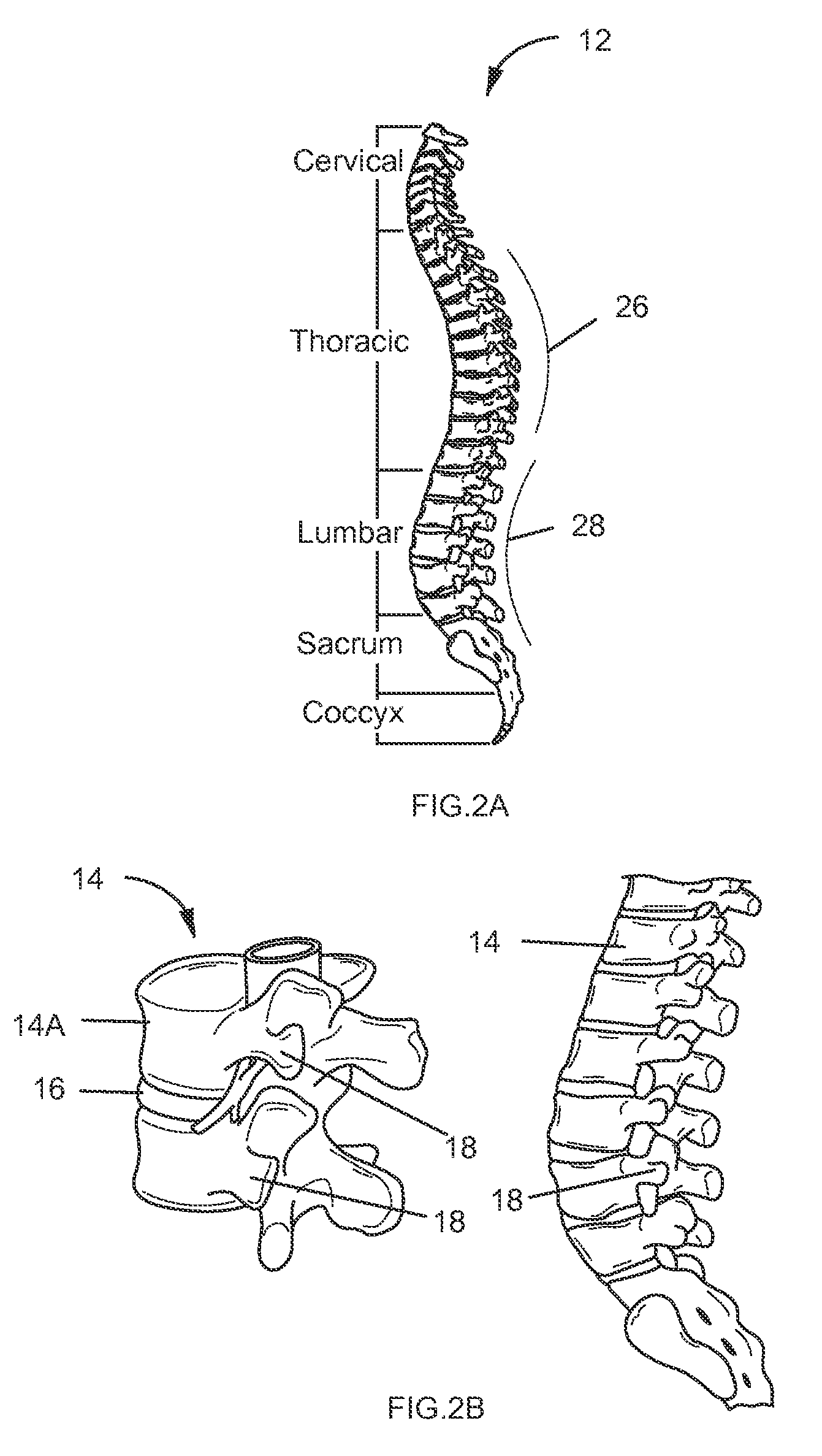System and methods for correcting spinal deformities
a spinal deformity and spinal system technology, applied in the field of spinal deformity correction systems and methods, can solve the problems that the d or tsrh technique failed to correct the axially unbalanced vertebrae, and achieve the effect of superior rigidity and maximum spinal deformity correction
- Summary
- Abstract
- Description
- Claims
- Application Information
AI Technical Summary
Benefits of technology
Problems solved by technology
Method used
Image
Examples
Embodiment Construction
[0049]The following description discloses embodiments of screw assemblies, derotation assemblies, lateral constructs, and derotation clusters that are to be used by surgeons to correct spinal deformity in the three primary planes of the human body. These various components and assemblies can be employed in multiple combinations and techniques depending on the condition of the patient and the preferences of the surgeon.
[0050]In the following detailed description, numerous specific details are set forth to provide a full understanding of the present disclosure. It will be apparent, however, to one ordinarily skilled in the art that embodiments of the present disclosure may be practiced without some of the specific details. In other instances, well-known structures and techniques have not been shown in detail so as not to obscure the disclosure.
[0051]For the purpose of the present disclosure, the term “derotation” refers to the method by which the axial or transverse balance of a defor...
PUM
 Login to view more
Login to view more Abstract
Description
Claims
Application Information
 Login to view more
Login to view more - R&D Engineer
- R&D Manager
- IP Professional
- Industry Leading Data Capabilities
- Powerful AI technology
- Patent DNA Extraction
Browse by: Latest US Patents, China's latest patents, Technical Efficacy Thesaurus, Application Domain, Technology Topic.
© 2024 PatSnap. All rights reserved.Legal|Privacy policy|Modern Slavery Act Transparency Statement|Sitemap



